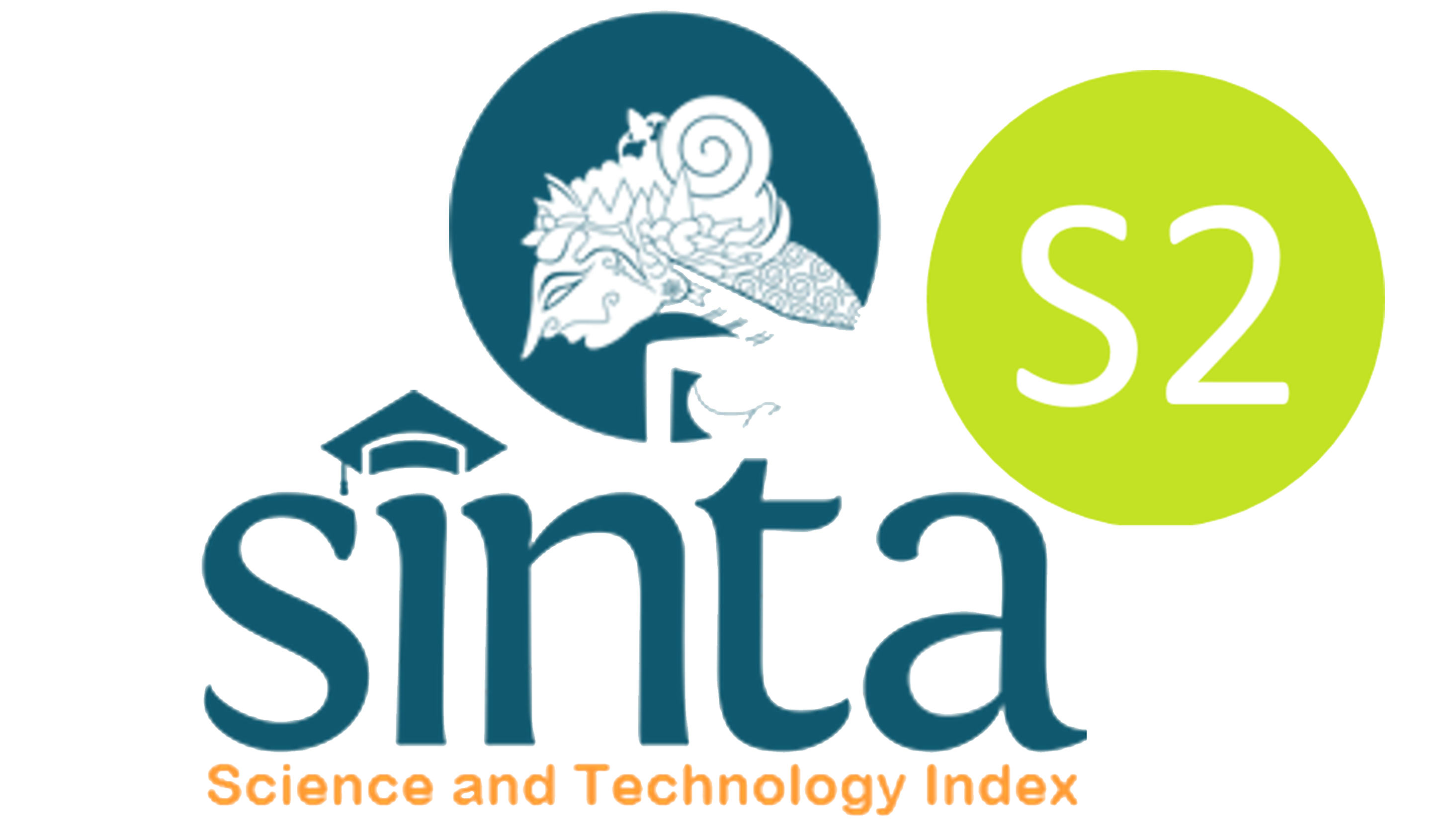PRELIMINARY STUDY OF ARSENIC CONTENT AND TOXICITY ASSESSMENT IN RICE FROM INDONESIA
DOI: http://dx.doi.org/10.17146/jstni.2023.24.2.6878
Abstract
Over 50 percent of the world's population consumes rice as a staple food. However, due to natural and anthropogenic activity, heavy metals, particularly arsenic (As), can be found in rice. This has become a worldwide concern because of the high level of consumption of rice and its processed products, as well as the long-term consequences. Information on dietary arsenic exposure in raw and cooked rice and its content quality in Indonesia is limited; however, its availability is essential for estimating toxicity level intake. Therefore, an advanced, accurate, fast, relatively easy, and environmentally friendly arsenic analysis method, such as total X-ray fluorescence (TXRF) and a line equation approach, is needed. It is necessary to evaluate arsenic content and inorganic arsenic (i-As) in rice. The research aimed to assess preliminary dietary arsenic exposure, evaluate rice's inorganic arsenic concentration, and assess toxicity levels. Toxicity level estimation of arsenic exposure was done by determining the hazard quotient (HQ). The results showed that t-As and i-As in rice were 0.071-0.104 mg/kg and 0.050-0.073 mg/kg (wet base), respectively. The mean percentage of i-As reached 70% from the t-As, and the toxicity level of arsenic in cooked rice is low, as shown by the value of HQ < 1. The estimated result indicates no chronic non-carcinogenic effect caused by these samples.
Keywords
Full Text:
PDFRefbacks
- There are currently no refbacks.
Copyright (c) 2023 Woro Yatu Niken Syahfitri, Muhammad Bachri Amran, Muhayatun Santoso

This work is licensed under a Creative Commons Attribution-NonCommercial-ShareAlike 4.0 International License.
JSTNI index in:





 .
.





